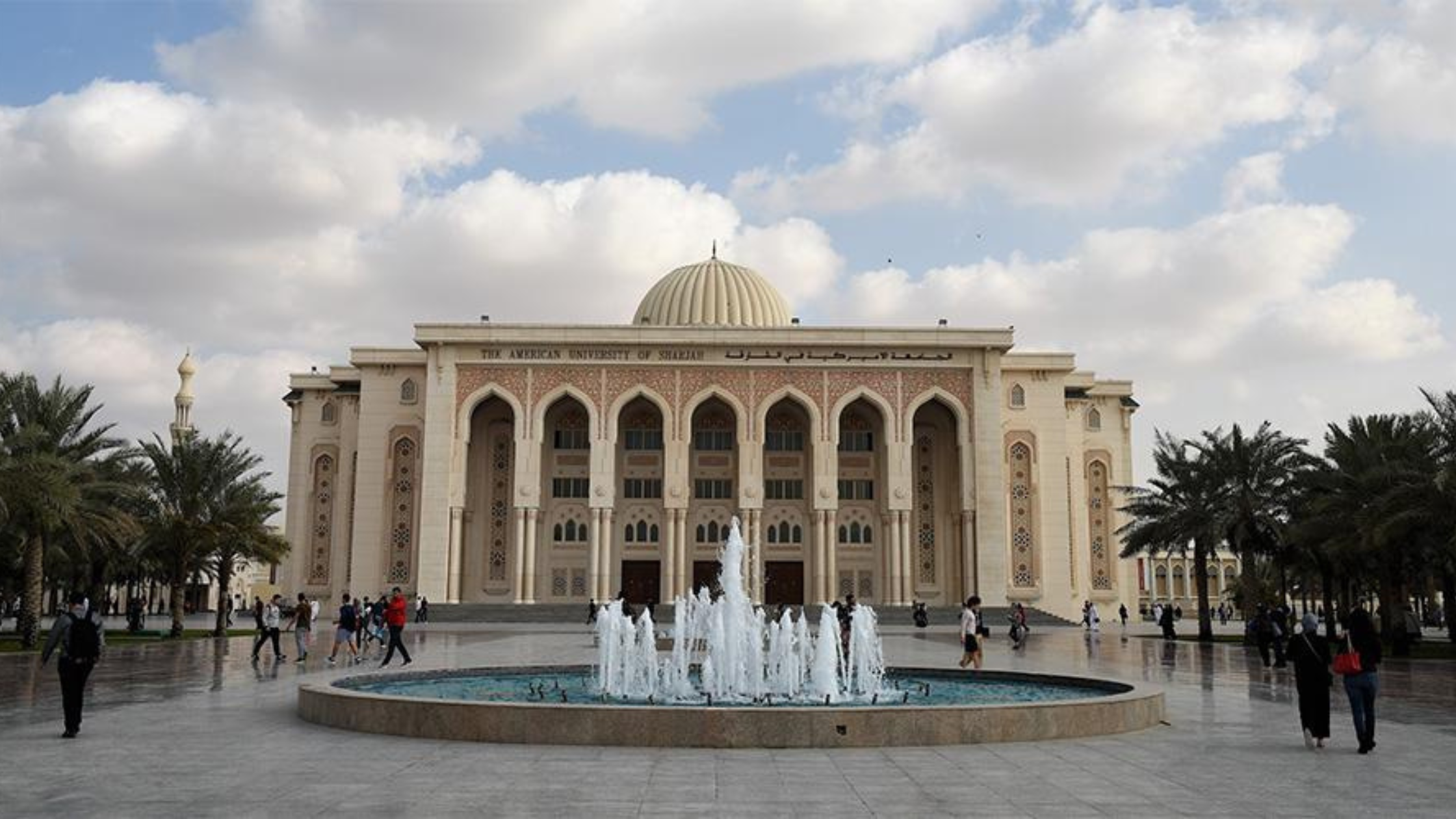Pahalgam Terror Attack 2025: NIA Links to ISI and LeT

On April 22, 2025, the tranquil tourist town of Pahalgam in the Indian-administered union territory of Jammu and Kashmir was shattered by a horrifying act of violence. A coordinated terror attack killed 26 people, including 25 tourists, sending shockwaves across the country. As national mourning gripped communities, authorities swung into action, determined to uncover the masterminds behind this tragedy and prevent such incidents in the future.
The National Investigation Agency (NIA), India’s premier counter-terrorism body, immediately took charge of the inquiry. Over the following days, the investigation uncovered what appears to be a deeply coordinated network of operatives with links extending across borders. According to early findings, a nexus involving Pakistan-based terror group Lashkar-e-Taiba (LeT), the Inter-Services Intelligence (ISI), and the Pakistan Army was responsible for orchestrating the attack.
Initial Investigations Trigger Swift Crackdown
In the hours following the attack, security agencies sealed off the region and began evidence collection, relying on modern surveillance technologies and forensic tools. The NIA launched multiple raids and detained individuals suspected of facilitating or directly participating in the strike.
According to internal sources, the attack was planned with military precision. It targeted tourist groups in Pahalgam’s Baisaran meadow, a location known for its scenic beauty and popularity among domestic travelers. The choice of such a high-profile location indicated the attackers’ intention to disrupt both social harmony and economic activity in the region.
The National Investigation Agency conducted thorough interviews with witnesses, survivors, and law enforcement personnel. Meanwhile, intelligence agencies worked tirelessly to analyze mobile data, communication intercepts, and digital footprints left behind by the attackers.
Farooq Ahmad Identified As Operational Head
The investigation soon led to a familiar name in counterterrorism circles: Farooq Ahmad. A high-ranking commander in the Lashkar-e-Taiba, Ahmad is believed to be hiding in Pakistan-occupied Kashmir (PoK). His involvement in previous attacks had already placed him on India’s radar, but the Pahalgam incident underscored the extent of his strategic capabilities.
Officials say that Ahmad received instructions directly from handlers in Pakistan, which enabled him to coordinate logistics and manpower for the Pahalgam attack. His deep network of local sympathizers and field agents made it easier to execute a complex plan despite heightened security measures in Jammu and Kashmir.
On Ground Workers’ Network Exposed
One of the most critical revelations of the NIA’s probe was the scale of domestic support that the attackers enjoyed. The agency detained close to 75 On Ground Workers (OGWs) who allegedly aided the terror operation. These individuals played key roles—ranging from logistics, providing shelter, conducting reconnaissance, to assisting with transportation.
Two specific individuals, Nisar Ahmad alias Haji and Mushtaq Hussain, emerged as central figures in the OGW network. Both had prior involvement in attacks on Indian Army convoys in 2023 at Bhata Dhurian and Totagali. Currently lodged in Jammu’s Kot Bhalwal Jail, they are being intensively interrogated to extract additional intelligence on sleeper cells and other operatives within India.
Role of Forensics and 3D Mapping
To reconstruct the crime scene and assess the movement of the perpetrators, the NIA turned to advanced forensic technologies. A return visit to Baisaran meadow was conducted on April 30, with two teams of forensic specialists accompanying the agency.
Employing LiDAR scanning, drone surveillance, and stereophotogrammetry, investigators created a detailed 3D model of the site. This virtual reconstruction allowed experts to pinpoint the positions of attackers, victims, and escape routes. The exercise not only helped in understanding the incident in detail but also enhanced preparedness for responding to similar threats in the future.
The visual model will serve as vital evidence in court proceedings and offer training insights for national and state-level security personnel. Such use of forensic technology exemplifies how modern counter-terrorism strategies are evolving beyond traditional methods.
Cross-Border Dynamics and Strategic Implications
While the NIA’s findings strongly point to foreign involvement, officials have maintained a measured and cautious tone, avoiding inflammatory rhetoric. Instead, the focus has shifted toward fortifying internal mechanisms and addressing systemic gaps.
Diplomatic channels are being engaged discreetly to convey India’s concerns regarding the operation of hostile elements across the border. The episode also brings into sharper focus the importance of sustained global cooperation in the fight against terrorism. Nations across the world are increasingly interconnected in matters of security, and collective intelligence-sharing is seen as the most effective deterrent.
Security Revamp in Jammu and Kashmir
The Pahalgam attack has led to a visible tightening of security protocols in the region. In addition to routine army deployments and police patrols, new surveillance technologies are being introduced at tourist hubs. Special tourism security forces have been established to oversee high-footfall zones.
Furthermore, the government has mandated stricter ID verification protocols at hotels, guesthouses, and public transport terminals. Community engagement initiatives are also being rolled out to strengthen civilian intelligence networks, enabling locals to report suspicious activities without fear.
Social Cohesion and Community Response
The aftermath of the attack saw not just security enhancements but also a grassroots outpouring of solidarity. Local communities held candlelight vigils and interfaith prayers to honor the victims. Religious leaders have publicly condemned the violence and emphasized unity.
Civil society organizations are working with government agencies to run awareness programs that promote peace and vigilance. Youth clubs and school groups have launched initiatives aimed at preventing radicalization and encouraging social integration.
Public Resilience and Economic Revival
The attack dealt a temporary blow to tourism in Pahalgam, with cancellations rising sharply in the days following the tragedy. However, proactive steps by local authorities and travel operators have helped reverse the trend. Confidence-building measures, including discounts, additional security assurances, and government endorsements, have helped reassure potential visitors.
Tourism is a lifeline for the region’s economy, and stakeholders are committed to ensuring that incidents of violence do not derail the livelihood of thousands who depend on it. The resumption of travel and the presence of visitors in Pahalgam once again indicate that the spirit of the region remains unbroken.
Policy Recommendations and Legislative Actions
In policy circles, the Pahalgam incident has triggered urgent conversations on reforming national security frameworks. Lawmakers are considering proposals to enhance the reach and resources of anti-terror agencies. Key suggestions include:
Upgrading intelligence infrastructure with artificial intelligence and machine learning tools.
Establishing rapid response teams equipped with mobile forensic labs.
Enhancing coordination between central and state-level intelligence units.
Moreover, discussions are ongoing around international legal frameworks for dealing with state-supported terrorism. While the process is diplomatically sensitive, India continues to engage with global partners to address the challenge of cross-border extremist networks.
Strengthening Unity and Defeating Fear
The 2025 Pahalgam terror attack will be remembered as a turning point in India’s battle against coordinated terror networks. While the loss of innocent lives remains a deep wound, the national response has reflected strength, resolve, and unity.
From security personnel and forensic scientists to civil society and policymakers, the collective effort to investigate, prevent, and recover has been determined and multi-dimensional. The nation’s commitment to ensuring justice for the victims is unwavering.
Going forward, the experience gained from the Pahalgam investigation will shape a more robust counter-terrorism strategy that emphasizes preparedness, technology, and public engagement. Amid the sorrow, a unified and resilient India is emerging — one that refuses to be divided by violence and remains steadfast in its pursuit of peace.
As investigations continue and new reforms are introduced, the country remains vigilant, determined to protect its people and its democratic values from the menace of terrorism in all its forms.








4 Comments
[…] military tensions in the region, especially between India and Pakistan. In the wake of the Pahalgam terror attack, which occurred just before the test flight, the need for enhanced surveillance and […]
[…] attack in Pahalgam, located in the scenic Baisaran Valley of Jammu and Kashmir, took place on the evening of April 22, […]
[…] UAE. The tournament’s suspension, prompted by escalating tensions following a terror attack in Pahalgam, led to the cancellation of flights, the closure of borders, and the temporary halting of […]
[…] month has passed since the terror attack in Pahalgam on April 22, 2025. The region of Jammu and Kashmir is still reeling from its psychological, […]
Comments are closed.